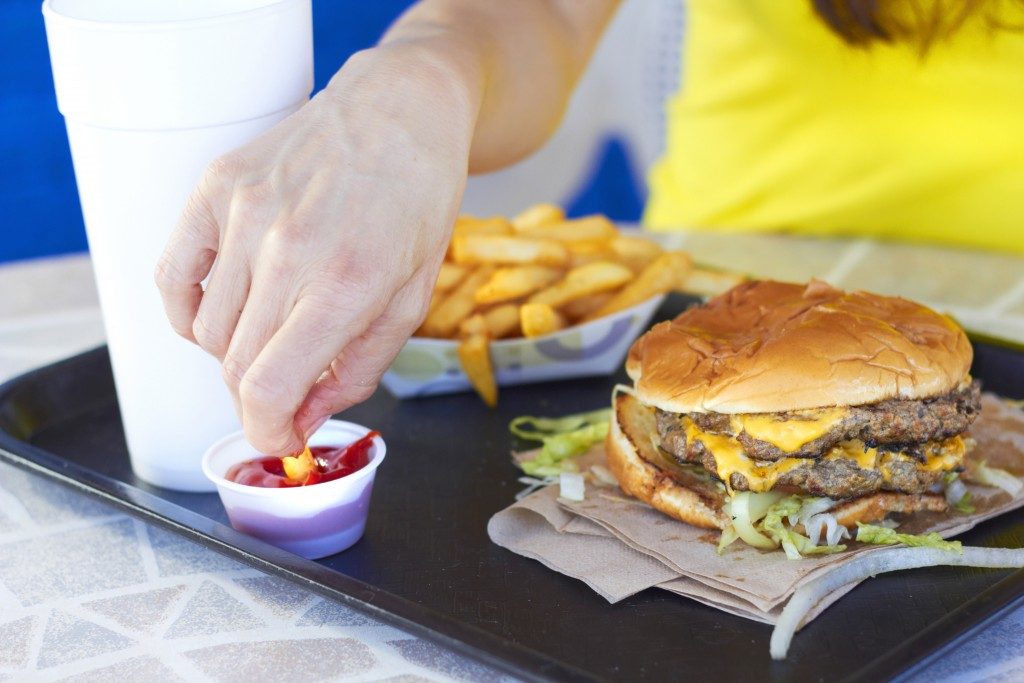Fast-casual restaurant Chipotle is not only famous for its Mexican food, it’s also known for its food safety violations. In July of 2018, it had to close down its branch in Powell, Ohio because of reported cases of food-borne illnesses. The restaurant and the Delaware County health department received more than 100 reports from customers complaining of symptoms, such as nausea, diarrhea, and stomach cramping.
Challenging Times at Chipotle
The local health department investigated the Chipotle branch on Powell and found food storage violations. Specifically, the staff failed to properly cool the lettuce and keep the beans at a warm enough temperature. After sanitizing the entire restaurant and a 24-hour cool-down period, the branch reopened with a new set of staff and fresh supplies.
The Mexican chain is recovering from its series of food safety fiascos, including the 2015 E. coli outbreak and norovirus case in Boston. Chipotle is winning back customers with new food-handling strategies, including food safety training for employees and a better food preparation system.
Food Safety Regulations
Surprise health inspections are some of the most feared moments in the restaurant industry. To make sure your kitchen is always ready for one, observe the different regulations governing food safety.
The U.S. Food and Drug Administration (FDA) regulates companies and businesses involved in food packaging, production, handling, and transport through the Food Code. This represents a uniform system that sets the standard for the safety and protection of food offered in food service establishments and other retail-level institutions, such as nursing homes and child care centers.
The FDA releases new editions of the Food Code every four years, so be sure to stay updated with the new health codes to adjust your food safety protocols accordingly. Apart from the federal government, there are also specific food service regulations per state, so you have to be aware of those as well.

Kitchen Sanitation
Poor kitchen sanitation is one of the most common health code violations in restaurants. Some obvious indications of the negligence of kitchen cleanliness are the presence of pests and the growth of microbiological organisms, such as mold and fungi.
To maintain an infestation-free kitchen, train your staff to properly sanitize their work stations and equipment every day. Pay extra attention to the common items in your kitchen that may house huge amounts of bacteria, like sponges, blenders, and countertops.
Rubber materials, like spatulas and containers with rubber lids, are also notorious for accumulating bacteria. Usually, the rubber tip of the spatula is removable from the handle. Clean both pieces thoroughly, otherwise, food particles can get stuck in the crevices and lead to the growth of disease-growing germs.
Oil and fatty food products can get stuck in the grout of your kitchen countertops so be sure to regularly wipe these down with disinfectant. Expert tile and grout cleaning service providers are also available at your disposal so you can have your kitchen counters more thoroughly sanitized.
Food handling and Storage
Learn from Chipotle’s mistake and store your food supplies properly to prevent spoilage and cross-contamination. The Food Safety and Inspection Service has guidelines for theproper storage of food in refrigerators. Your staff may easily overlook these, especially when the kitchen is hectic. But these rules are crucial to maintaining the quality of the produce.
Meat, poultry, and fish should be stored in separate containers and placed at the bottom shelf of the fridge, which is usually the coldest area. This way, the raw meat juices don’t drip on other food items. Perishable vegetables and fruits occupy the higher shelves so the heavier items don’t squish them. Store the fruits, which give off ethylene gas that can shorten shelf life, in different containers from the vegetables.
Keeping your kitchen up to code involves numerous protocols and practices that may seem inconsequential, especially when you’re accommodating tons of orders. But these are all important in maintaining the quality of your food and service. A violation-free restaurant also helps build credibility and loyalty from customers. So observe food safety regulations. Otherwise, your brand may be the next thing you’ll see on the tabloids.

